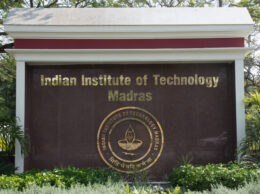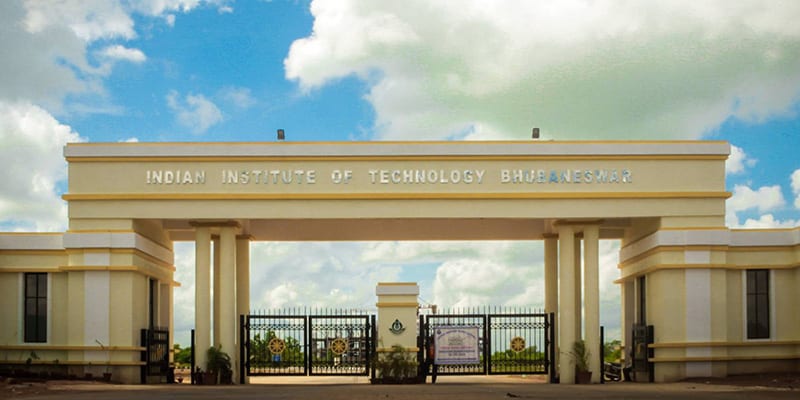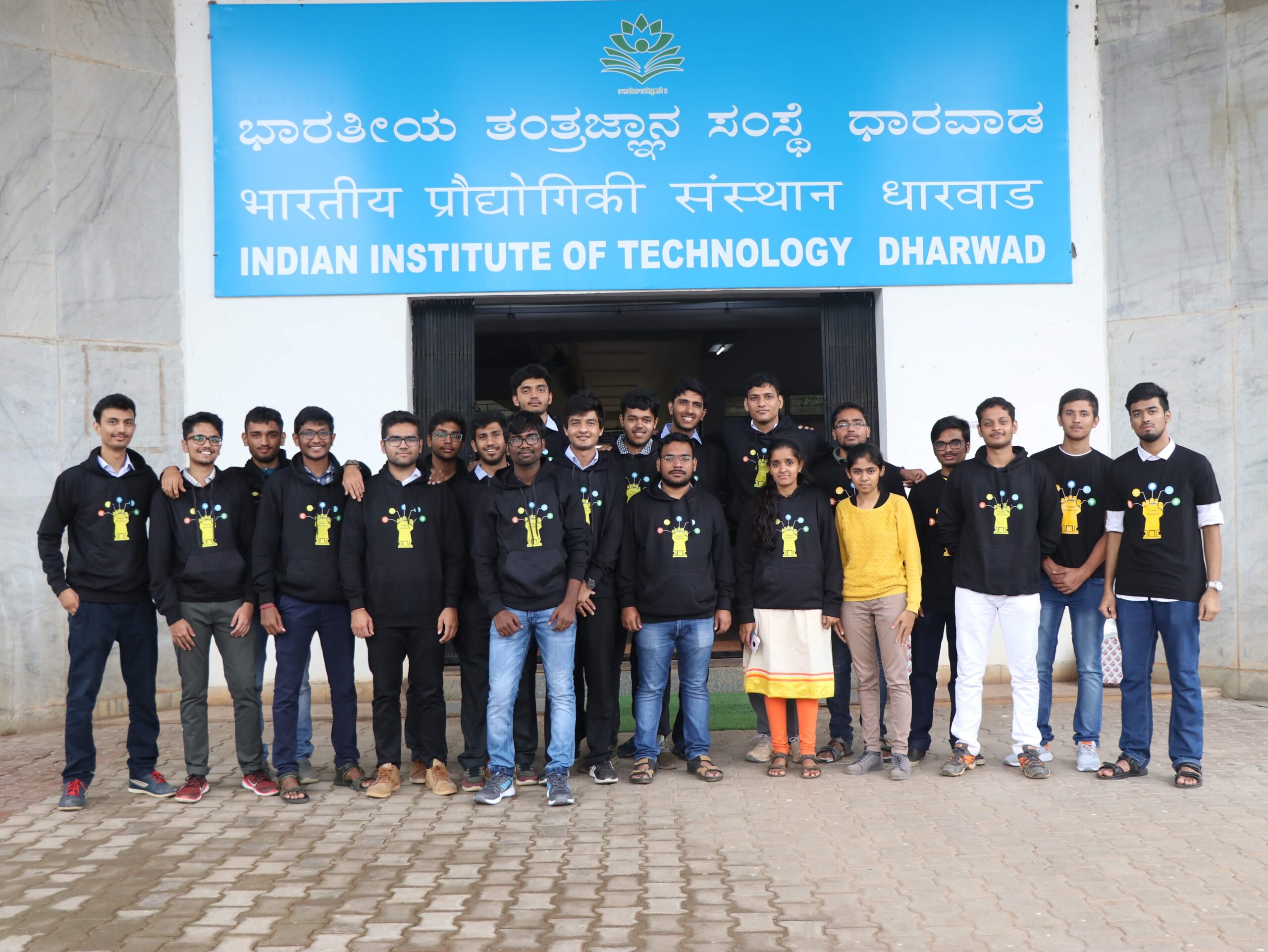HYDERABAD: IIT Hyderabad Researchers have developed an efficient combination therapy for the treatment of cancer. This research has been undertaken in collaboration with researchers from the University of Hyderabad, IIT Bombay and Bose Institute, Kolkata,
The researchers have developed a synergetic combination of photothermal therapy (PTT) and chemotherapy using a naturally derived anticancer agent and shown its efficacy in destroying cancer cells.
Combination therapy, which combines more than one therapeutic procedure, is being increasingly considered for the treatment of cancer because it can deal with the heterogeneity of cancer cells in addition to providing synergic therapeutic effects. This research was led at IIT Hyderabad by Dr. Aravind Kumar Rengan, Assistant Professor, Department of Bio-Medical Engineering, IIT Hyderabad.
This groundbreaking work has recently been reported in the reputed peer-reviewed journal Nanoscale. The paper was co-authored by Ms. TejaswiniAppidi, Mr. Deepak Bharadwaj Pemmaraju, Mr. Rafiq Ahmad Khan, Mr. Syed BaseeruddinAlvi, Mr. Rohit Srivastava, Mr. Mahadeb Pal, Mr. Nooruddin Khan and Dr. Aravind Kumar Rengan.
Explaining this research, Dr. Aravind Kumar Rengan, Assistant Professor, Department of Bio-Medical Engineering, IIT Hyderabad, said,“In photothermal therapy, a material that converts light to heat is specifically sent to the tumor location, and when irradiated, causes ablation or destruction of the host cancer cells. IR780 is one such dye that absorbs near-infrared light and generates reactive oxygen species that kills the host cell. This dye is loaded onto a suitable carrier material and targeted at the cancer tissues.”
The development of effective therapies that are specific to the cancer tissues and nontoxic to healthy tissues, remains the ultimate challenge in the war against cancer. Current gold-standard cancer treatment approaches such as surgery, chemotherapy and radiotherapy, continue to have limitations of adverse side effects to the healthy tissues/organs surrounding the tumor. The combined photothermal and CfAC therapy holds significant promise for enhanced therapeutic benefits with minimal/no side effects when translated into human application.
The research team used liposomes – lipid nanoparticles a hundred thousand times smaller than the width of a single human hair – as the carriers for IR780 because of their low toxicity, flexibility, biocompatibility, biodegradablity and non-immunogenicity.
The team loaded liposomes not only with IR780 but also with an anticancer agent called CfAC that is extracted from the plant AnthocephalousCadamba.
These liposomes were tested against human breast cancer cells that were introduced into mice groups.
“We have demonstrated the synergistic and enhanced therapeutic benefits of combinational therapy against breast cancer with minimal/no adverse effects using biocompatible and biodegradable nanomaterials,”added Dr. Rengan
The team has also elucidated the mechanism of action of CfAC that causes cell death. They showed through in vitro studies that CfAC produces considerable amounts of reactive oxygen species, which can bring about cell death. Interestingly, CfAC did not produce reactive oxygen species inside healthy cells and can therefore be free of side-effects.









